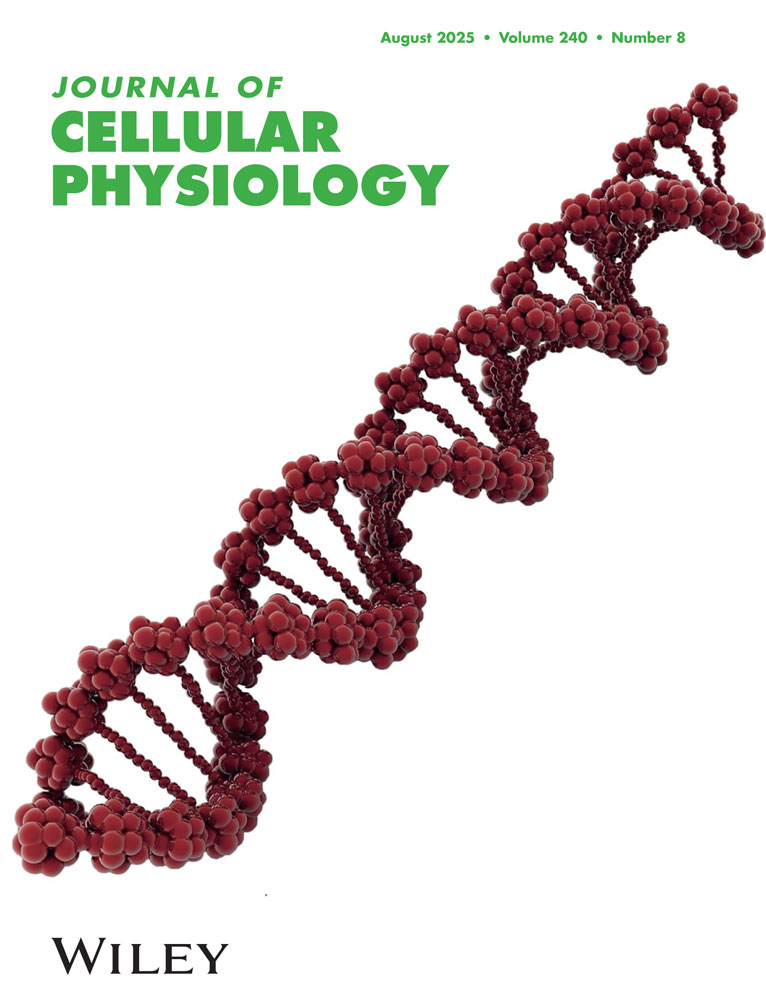The mechanism of calcium and magnesium uptake from sea water by a marine bacterium†
Contribution no. 631 from The Marine Laboratory, Institute of Marine Science, University of Miami, Miami, Florida. Supported in part by Atomic Energy Commission Grant AT 40-1-2855.
Abstract
Previously, the precipitation of calcium carbonate by marine bacteria had been described in which bacteria occupy the nucleus of micro-aragonite crystals. The mechanism of the process of calcium-binding by the cells is the subject of this study.
Sea-water cultures of Pseudomonas piscicida (Bein) Buck et al. (A.T.C.C. 15057) were grown under standardized conditions (1% peptone-artificial sea water, 25°C). Cells of various ages were collected and analyzed for calcium and magnesium content under various conditions. Material composing cell walls was fractionated and analyzed for low molecular weight components.
Cells up to a week old (1% peptone-artificial sea water) increase their content of calcium from 0 to 55% of the dry weight. Furthermore the Ca/Mg ratio in young, actively growing cells (up to 24 hours old) is one-fifth (approximately that of sea water). By 72 hours, the ratio is 1/2.5. At one week, it is 1/1, and by two weeks calcium content exceeds that of magnesium.
Concentration of the alkaline-earth elements is primarily by the cell envelope, particularly by the muco-polysaccharide fraction. This fraction constitutes 20–25% of the dry weight of cells during rapid growth but increases to 47–52% of dry weight after one week. Binding of alkaline earths to active sites of muco-polysaccharide is probably by hydrogen bonds and London interaction forces, as removal of the elements by washing is readily accomplished. In addition, a ready source of calciumactive ligands is available in the ammonia produced in quantity by the bacteria. The complex formation by ammonia and Ca, coupled with the increase in pH, favors binding of calcium over that of magnesium by the cells.




